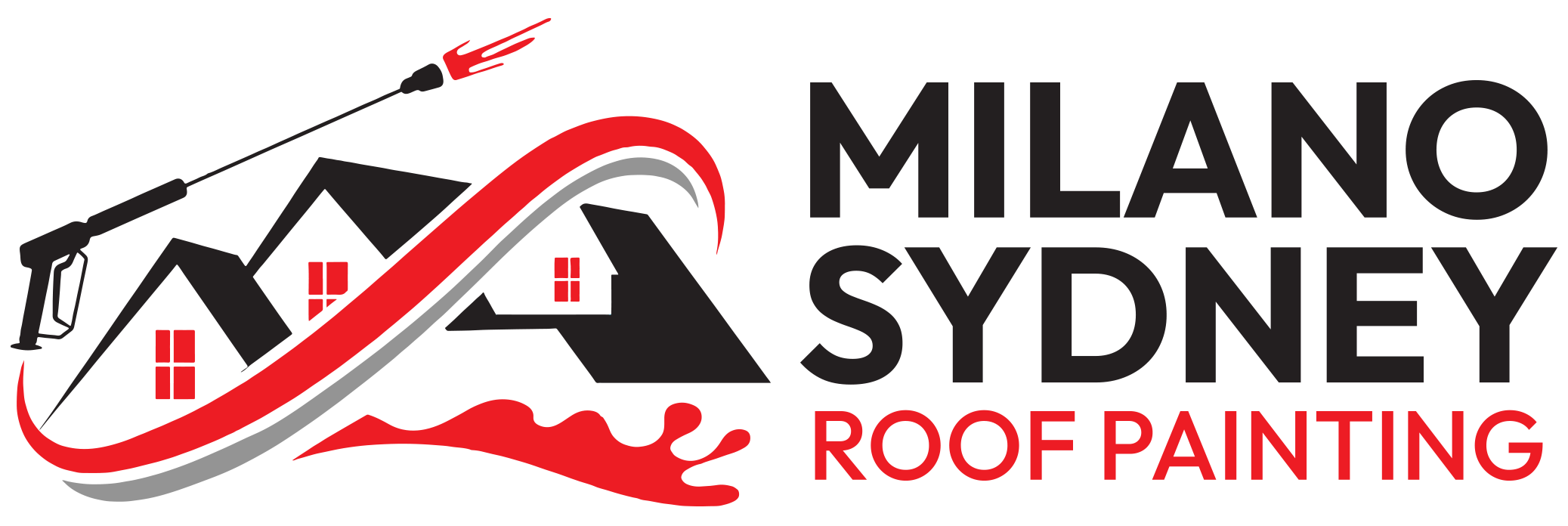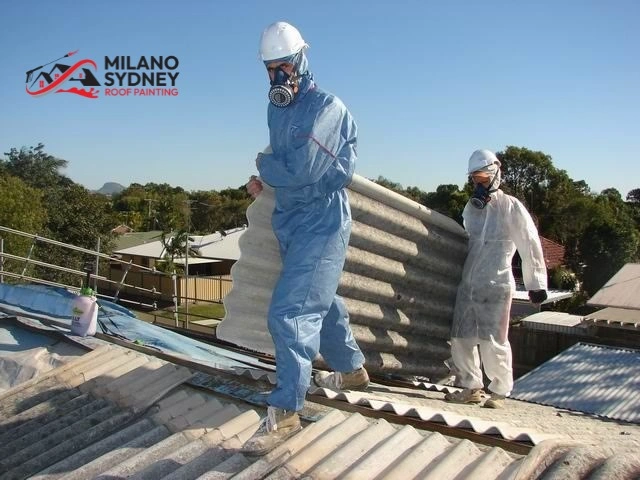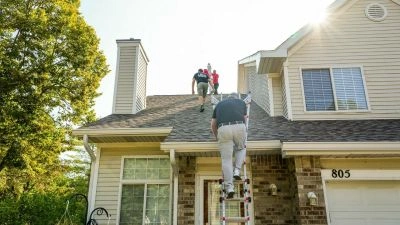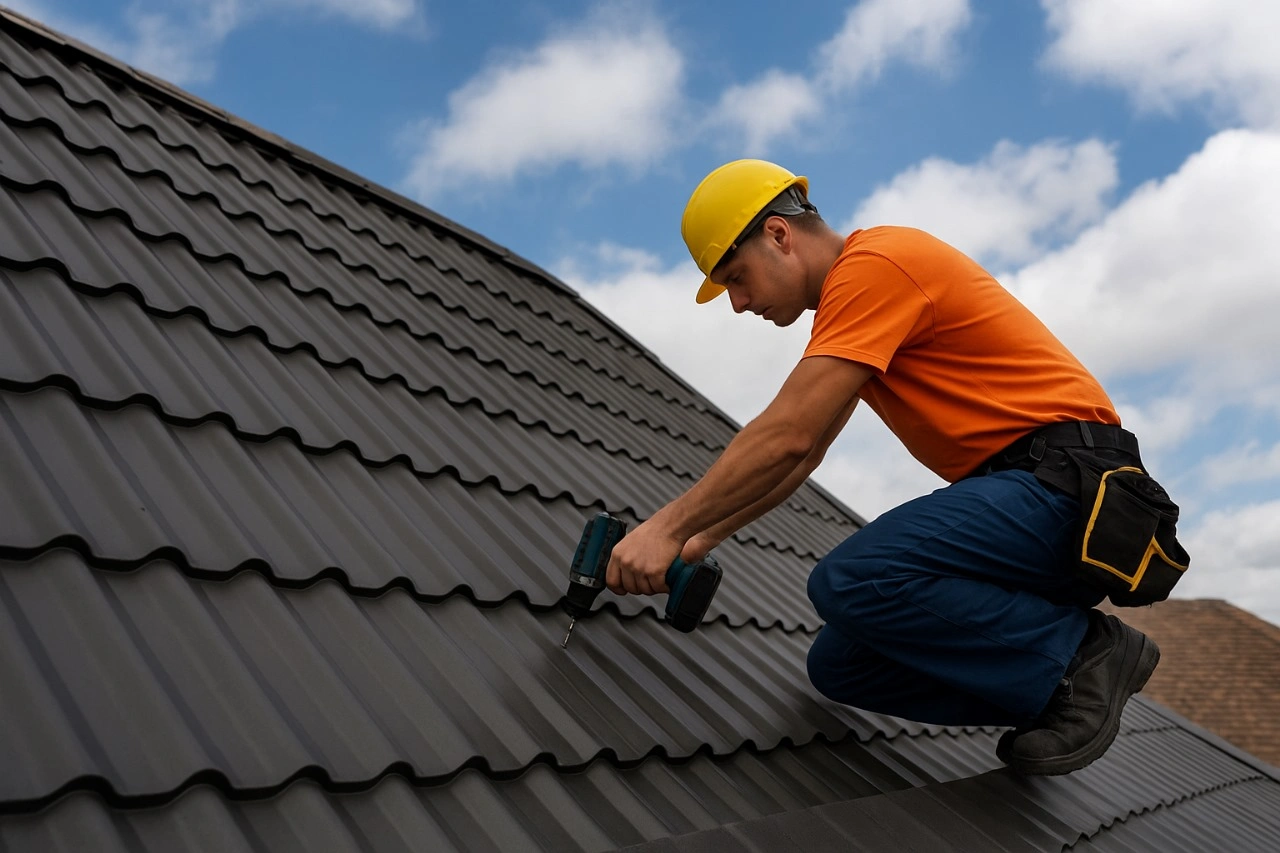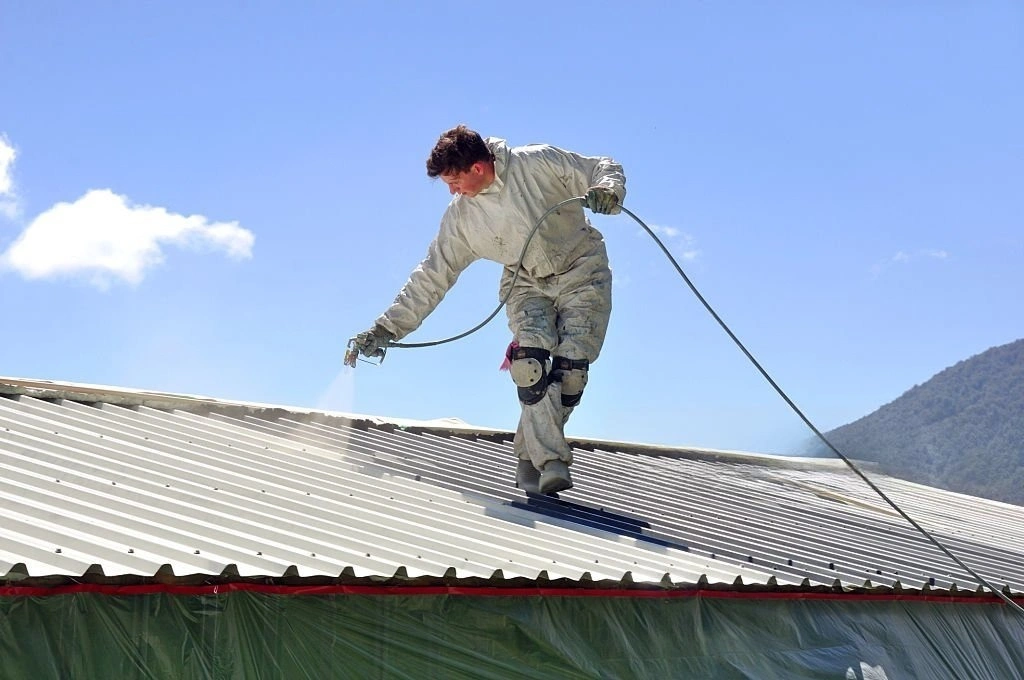A leaking roof can quietly ruin your home years before you even know there is true damage. If you notice water stains on your ceiling or an unusual mildew odor, you have to hurry up. Here in this guide, we are going to show you exactly how to detect roof leaks so that you don’t have the costly damage of structures, mold, or ruined insulation. Roof leaks are the result of a series of issues—broken shingles, clogged gutters, or compromised flashing. You’re halfway through the battle if you know what to look for.
Table of Contents
How to Detect Roof Leaks: Common Warning Signs
Best Ways to Detect Roof Leaks: Modern Testing Methods
Tools and Techniques for Leak Detection
Areas Most Vulnerable to Detect Roof Leaks
Preventive Maintenance: Stop Leaks Before They Start
Roof Painting and Tiling Solutions
How to Detect Roof Leaks: Common Warning Signs
Before we discuss detection methods, here are the symptoms. You can prevent shelling out thousands of dollars for repairs by detecting them early:
- Water spots on the ceiling or walls
- Water leak during or after rain
- Mold or mildew
- Missing or cracked tiles
- Peeling paint on the roof overhangs
- Curled-up or buckled roof shingles
These are the traditional symptoms that you may need a roof tiler in Sydney or a professional team seasoned in roof leak detection in Sydney.
Best Ways to Detect Roof Leaks: Modern Testing Methods
A leak detection test is a professional method that allows experts to find the site of the leak precisely. And the good news is, it does not require unnecessary destruction to your roof. Leak detection allows for accurate, efficient repair without the trial-and-error and the cost of many incorrect tries. Here are the steps:
- Inspect the Home Interior: Roofing contractors will begin by inspecting your home’s interior and checking the ceiling and walls for signs of water stains or wet areas. This enables them to narrow down the potential area where the problem is happening and get an idea of where the worst places are going to be.
- Finding the Suspected Leak Spot: Once the general area is established, roofers will investigate your attic or roof space to see how the water might be migrating from the exterior. This helps narrow the area to look for an issue before testing from the outside. Roofers also examine the condition of your interior, including your framing members and insulation. Water dripping over time may reduce your roof insulation and cause mould accumulation.
- Controlled Water Application: Roofers apply water on the suspected location in a controlled manner. This simulates rain and allows them to see how the water seeps into our roof without causing further damage. Your roofer tends to start low on your roof and then work their way up, making the leak test more precise and targeted.
- Water Entry Monitoring: During application of water, a second team member very closely monitors for any sign of water entry on the interior of the attic. By identifying the exact location of water intrusion, your roofer will be able to detect roof leaks accurately.
- Adjusting and Confirming the Leak Source: As needed, the water test is repeated on other areas of the roof to rule out other possible areas of concern and confirm the specific leak source.
- Leaking Roof Repairs Estimate: A good roofer should also take many photos of all of the roof damage to fully document the problems. These photographs can also be useful insurance records and make it easier to understand the extent of the damage. You should then receive a quotation with photographic backup and a record of goods that have been damaged. It will accurately list all the work that will be carried out, with options available to meet your budget and personal situation.
- Provide Roof Repairs: Having been signed off, the final task is to finish the work effectively and promptly to get your home ready for any forthcoming weather situation.
Tools and Techniques for Leak Detection
| Tool/Technique | Use Case | Accuracy | DIY Friendly |
| Flashlight | Interior inspection | Medium | yes |
| Garden Hose Test | Simulating rain to trace leaks | High (manual) | Yes |
| Thermal Imaging | Detecting moisture inside walls and ceilings | Very High | No |
| Moisture Meter | Measuring moisture levels in wood/insulation | High | Somewhat |
| Professional Service | Complete roof diagnosis | Very High | No |
Areas Most Vulnerable to Detect Roof Leaks
- Roof valleys
- Flashing points
- Tile overlaps
- Gutter junctions
- Skylight edges
- Downpipes and gutters (particularly requiring gutter repair Sydney or downpipe repair Sydney)
Preventive Maintenance: Stop Leaks Before They Start
Preventive maintenance through regular maintenance is what will stop leaks from occurring in the first place. Here is what you ought to plan:
- Roof cleaning in Sydney or roof cleaning in Newcastle to clear debris
- Inspect flashing and sealing around roof penetrations
- Regular inspections by a roofer or tiler in Sydney
- Protective coatings, particularly on older roofs
- Consider Sydney re-roofing for roofs 20 years and above
Comparing Repair Options
| Option | Cost Range (AUD) | Lifespan Extension | Best For |
| Patch Repair | $150 – $400 | 1–3 years | Small isolated leaks |
| Flashing Replacement | $300 – $800 | 5–10 years | Around chimneys/skylights |
| Full Roof Replacement | $4,000+ | 20+ years | Widespread or multiple leaks |
| Re Roofing Sydney | $2,500 – $6,000 | 15–20 years | Aging roofs needing upgrades |
Roof Painting and Tiling Solutions
A leaky roof is not always a replacement problem. Any of the roof painters in Brisbane or roof painters in the Blue Mountains utilize protective coatings for micro-cracks. Similarly, worn-out areas might need nothing more than top-notch Milano Sydney roof painting.
Conclusion
Knowing how to detect roof leak issues in the early stages will save you from investing thousands in damage and provide extra years of life to your roof. From recognizing signs of distress within the home to using the services of professional equipment, every step is a valuable one for the avoidance of leaks. If you’re having chronic issues, don’t wait—Contact us. Prevention and quick action are your best defenses against water damage.
FAQs
Q: Should I answer a roof leak immediately?
A: Yes. Delay will result in mold, wood rot, and electrical problems.
Q: Do roof leaks heal themselves?
A: No. They only get worse with time. Even when symptoms disappear, water can still penetrate.
Q: Can roofing tiles be reused?
A: Yes, if they are undamaged. A roof tiler Sydney commercial might check and utilize them again on repairs.
